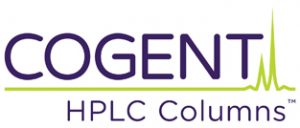In quantitating a drug impurity as an example, you may think you can simply compare its peak area to that of the main peak and use this same ratio to determine its concentration, when the concentration of the main peak is known.
However, this would assume that the two compounds have identical UV absorption at the analysis wavelength. Because this may not be the case, a direct comparison done in this manner is invalid.
Instead, you would use a reference standard of the impurity itself for direct quantitative comparison.
Response Factor (RF) = Peak area / concentration
Calculate RF for both the main peak standard and the impurity standard. Then calculate RRF:
Relative Response Factor (RRF) = RF impurity peak / RF main peak
Apply this correction factor to your impurity calculations and a quantitative comparison can now be made using the peak areas of the main peak and the impurity. The RRF value you calculate should be the same, irrespective of the instrument or detector used, as long as linearity has been demonstrated on all the involved instruments/detectors.


